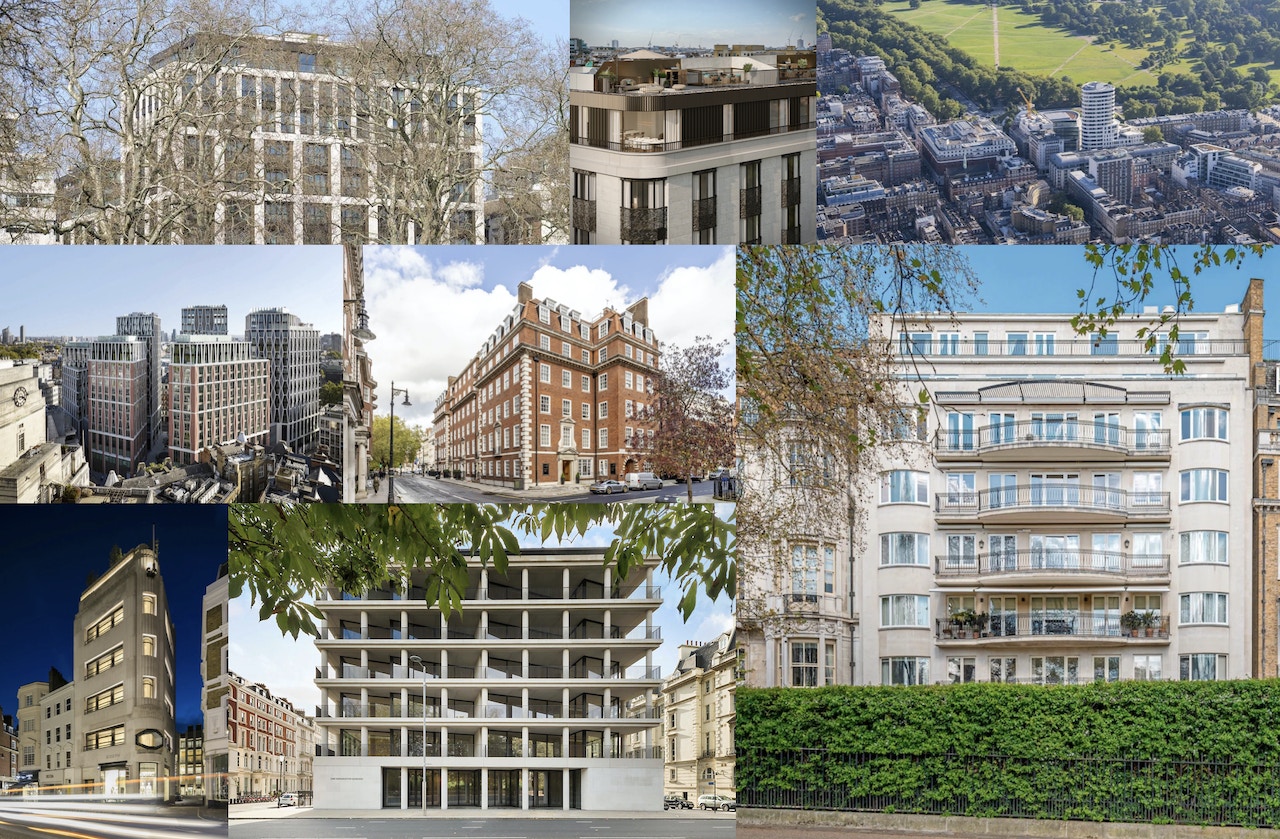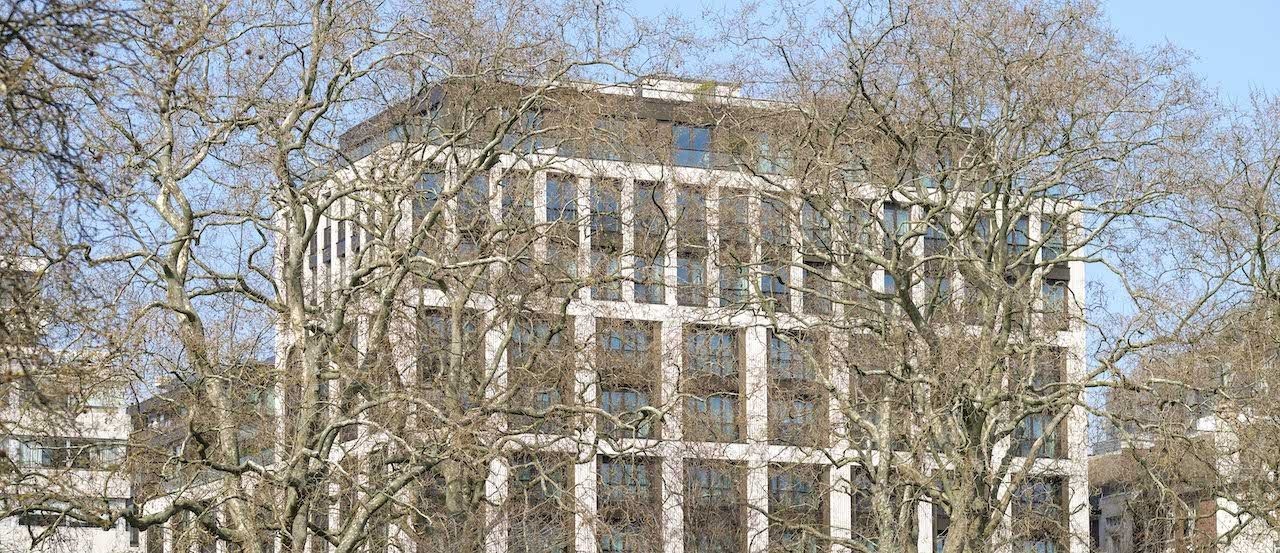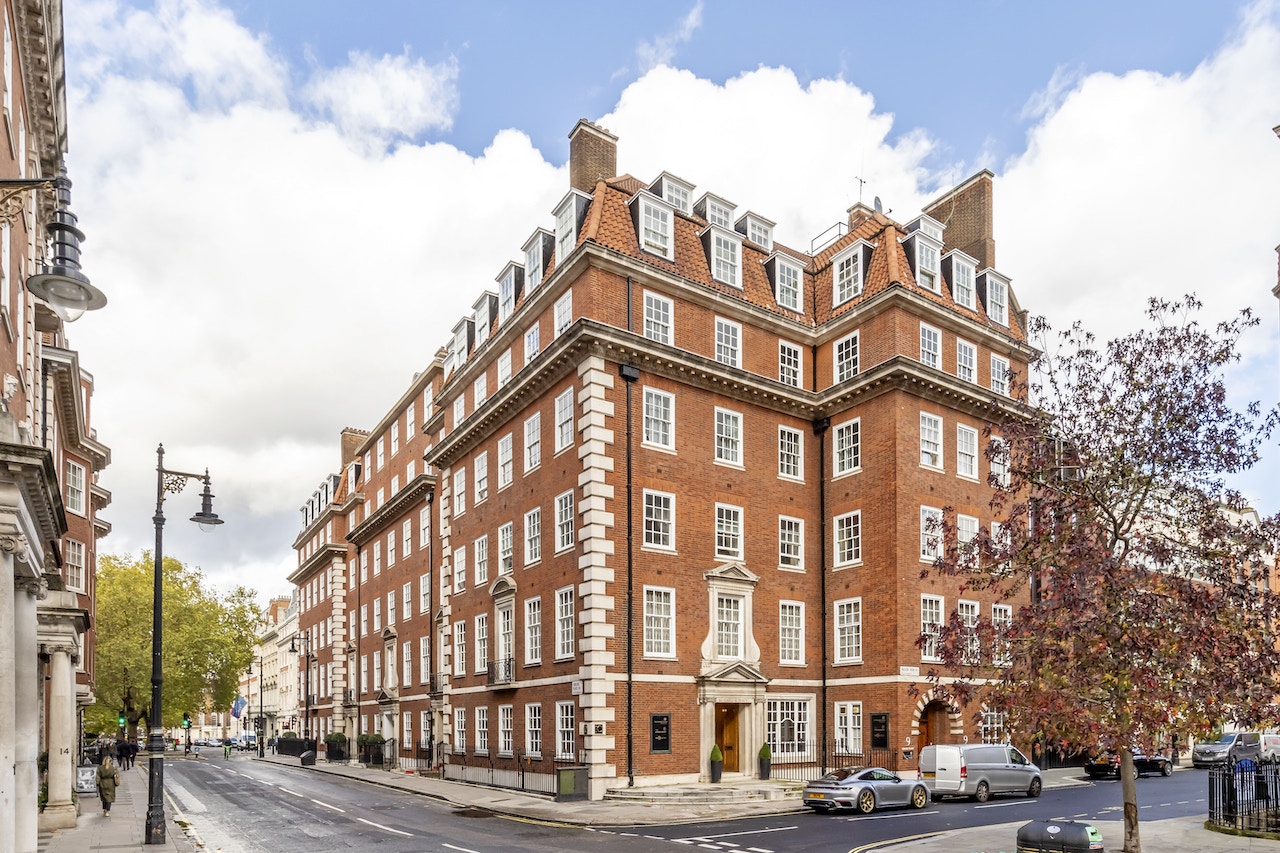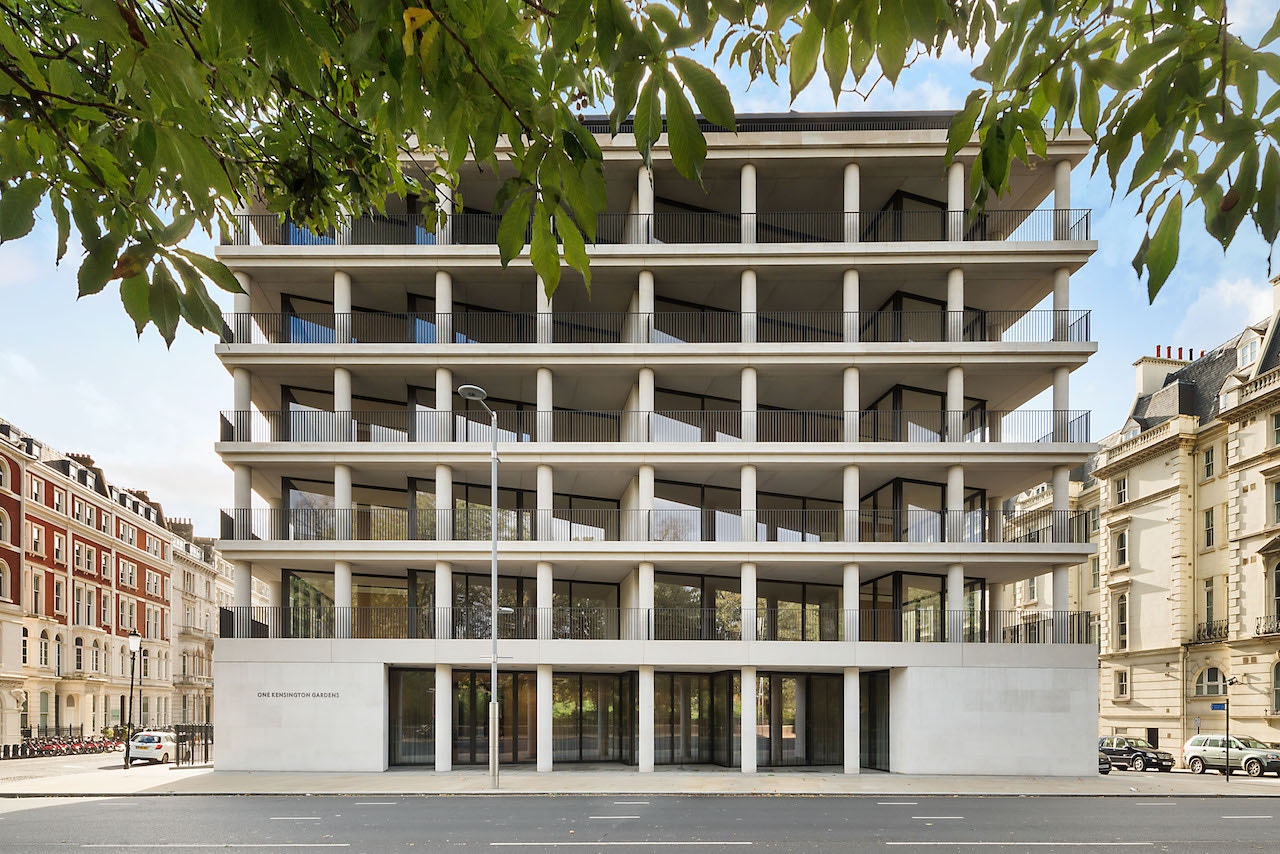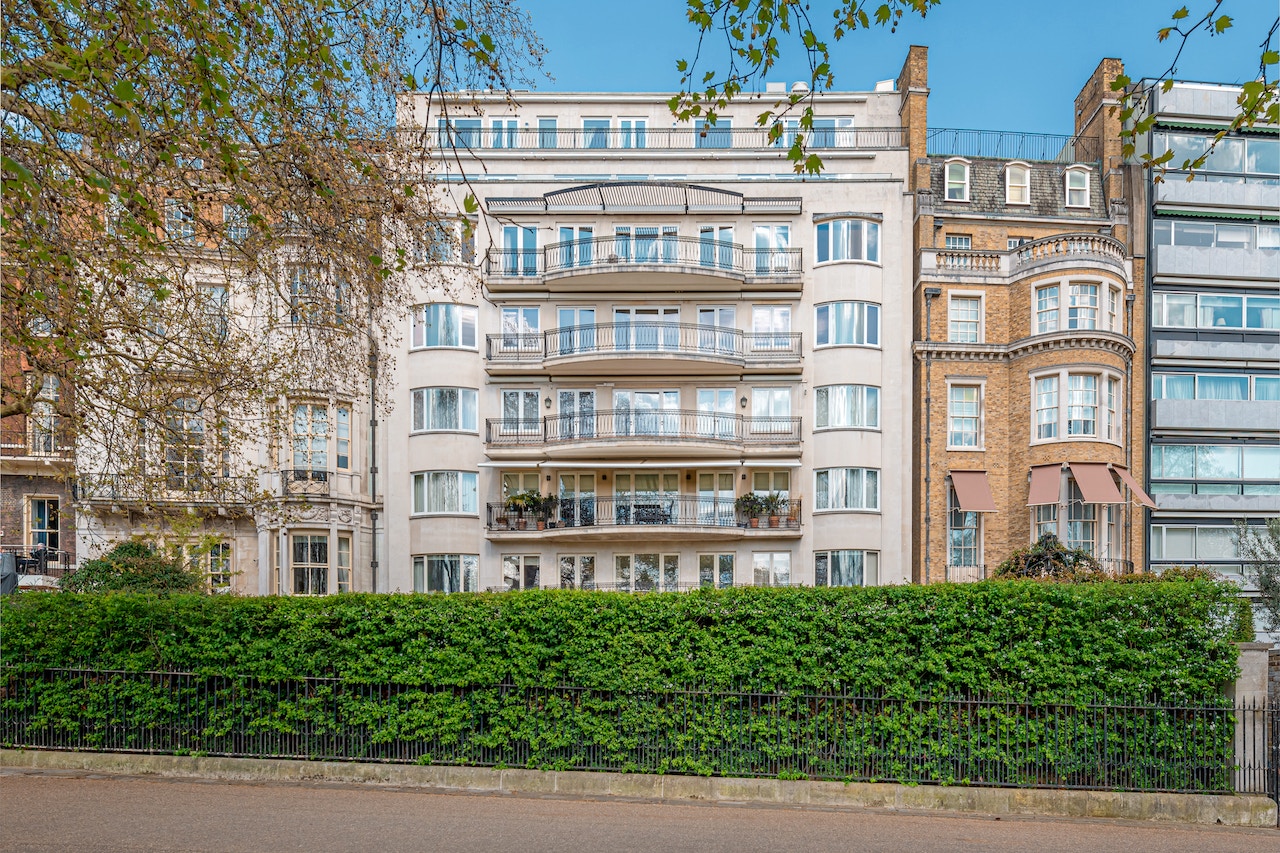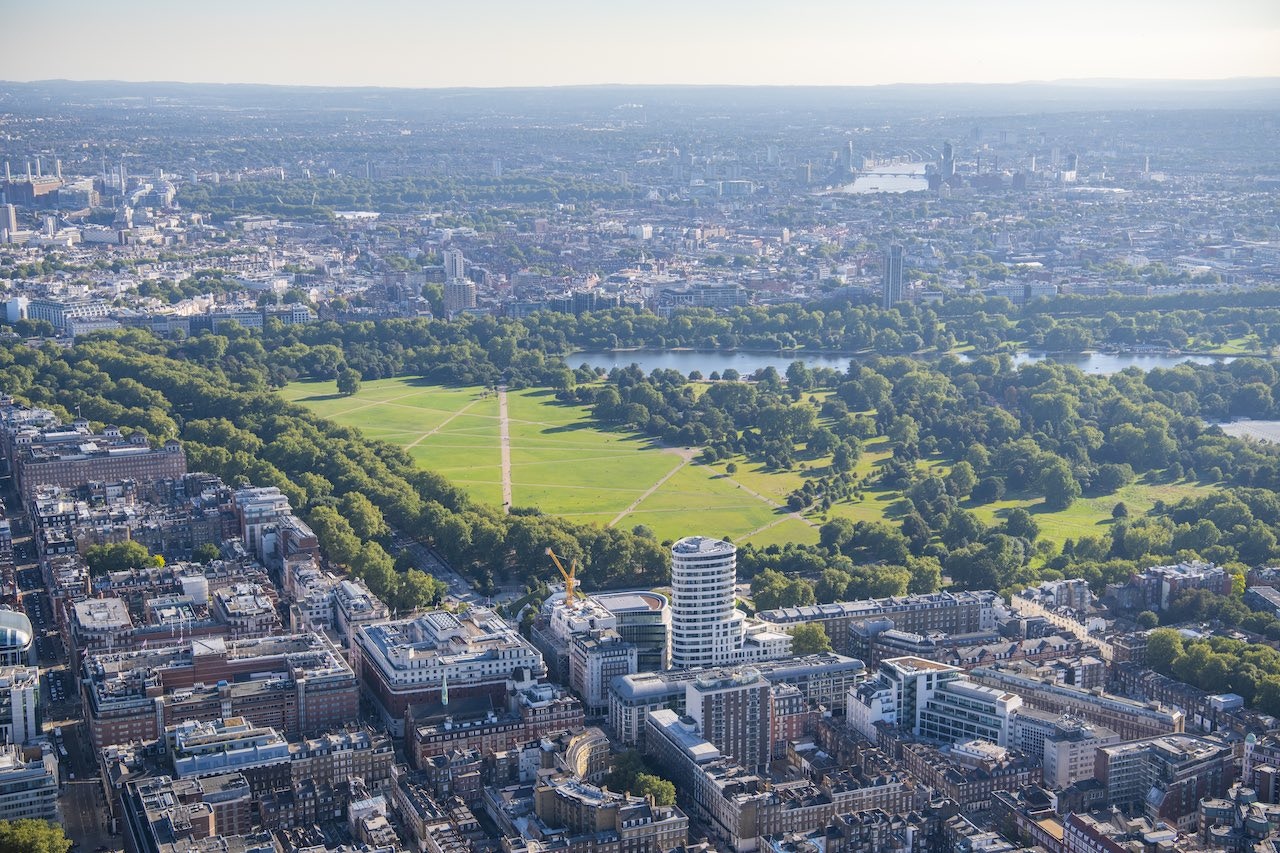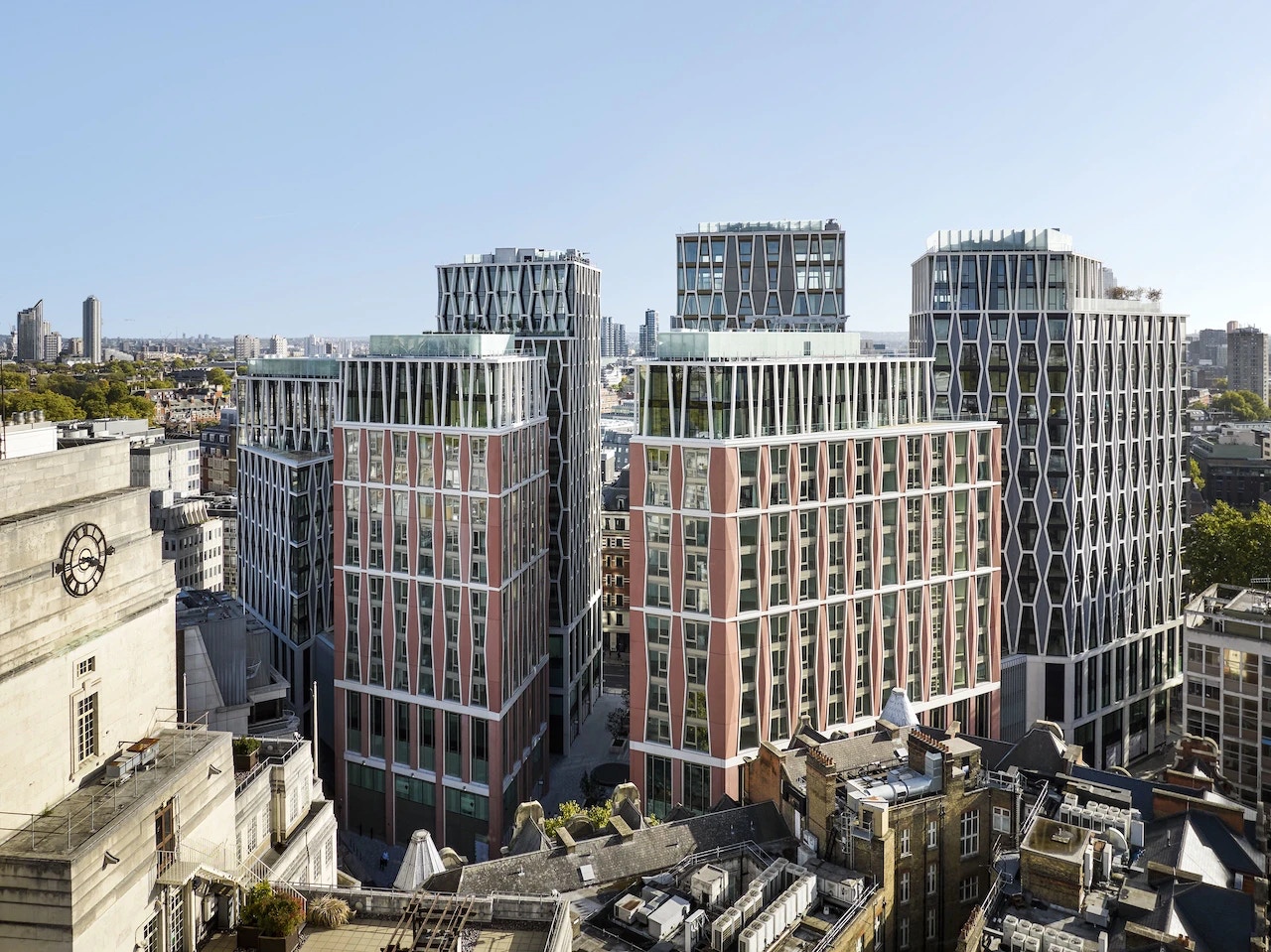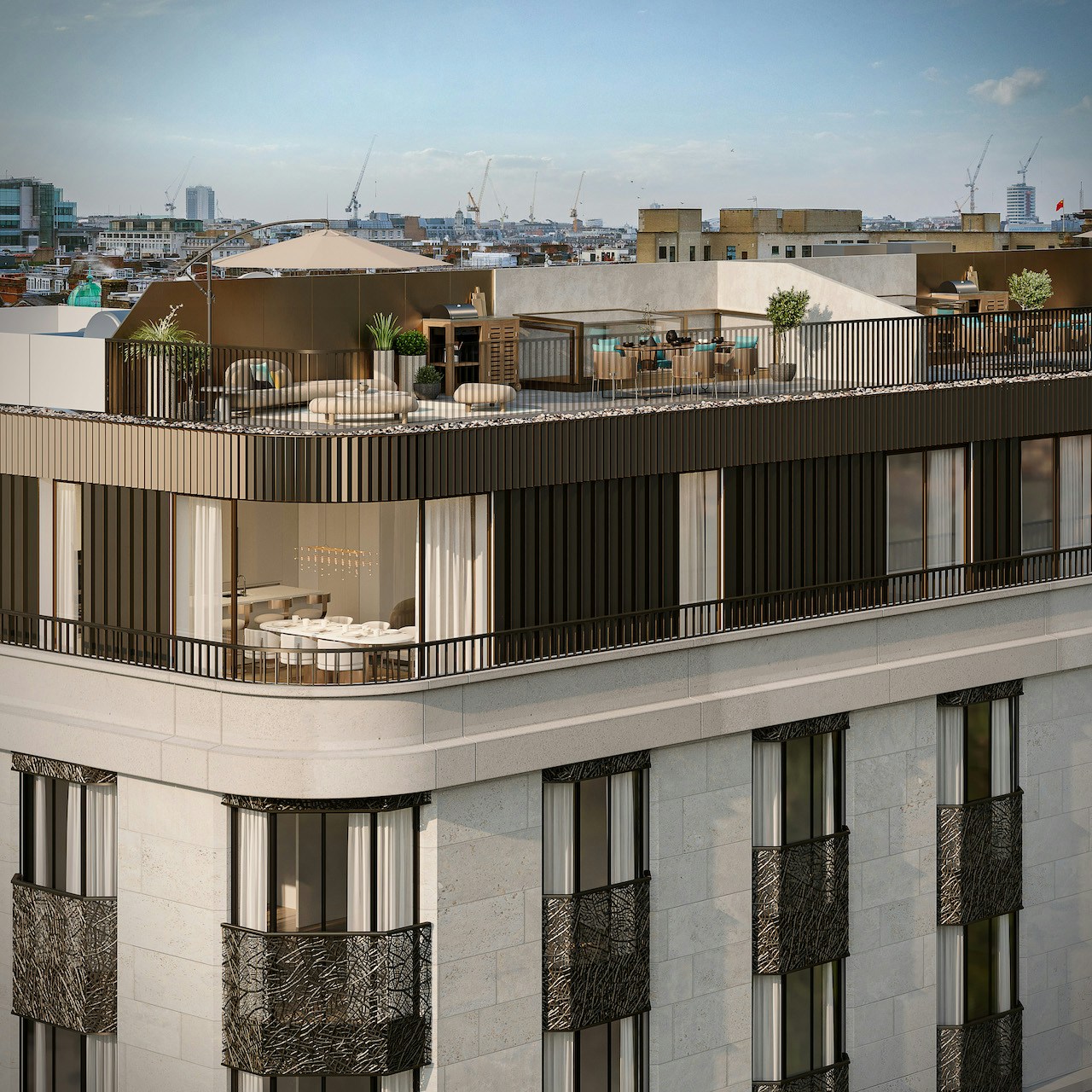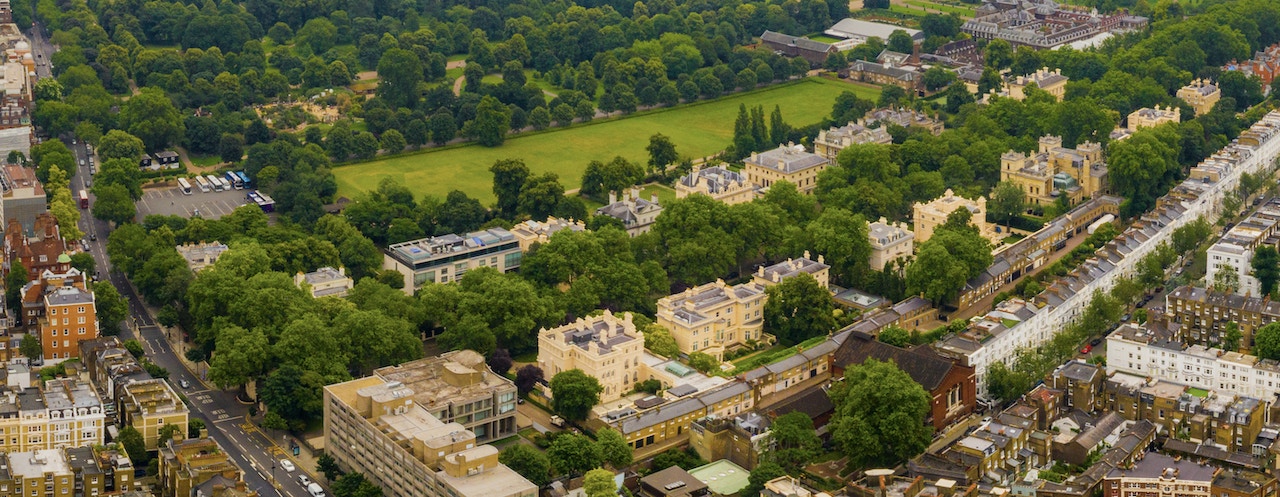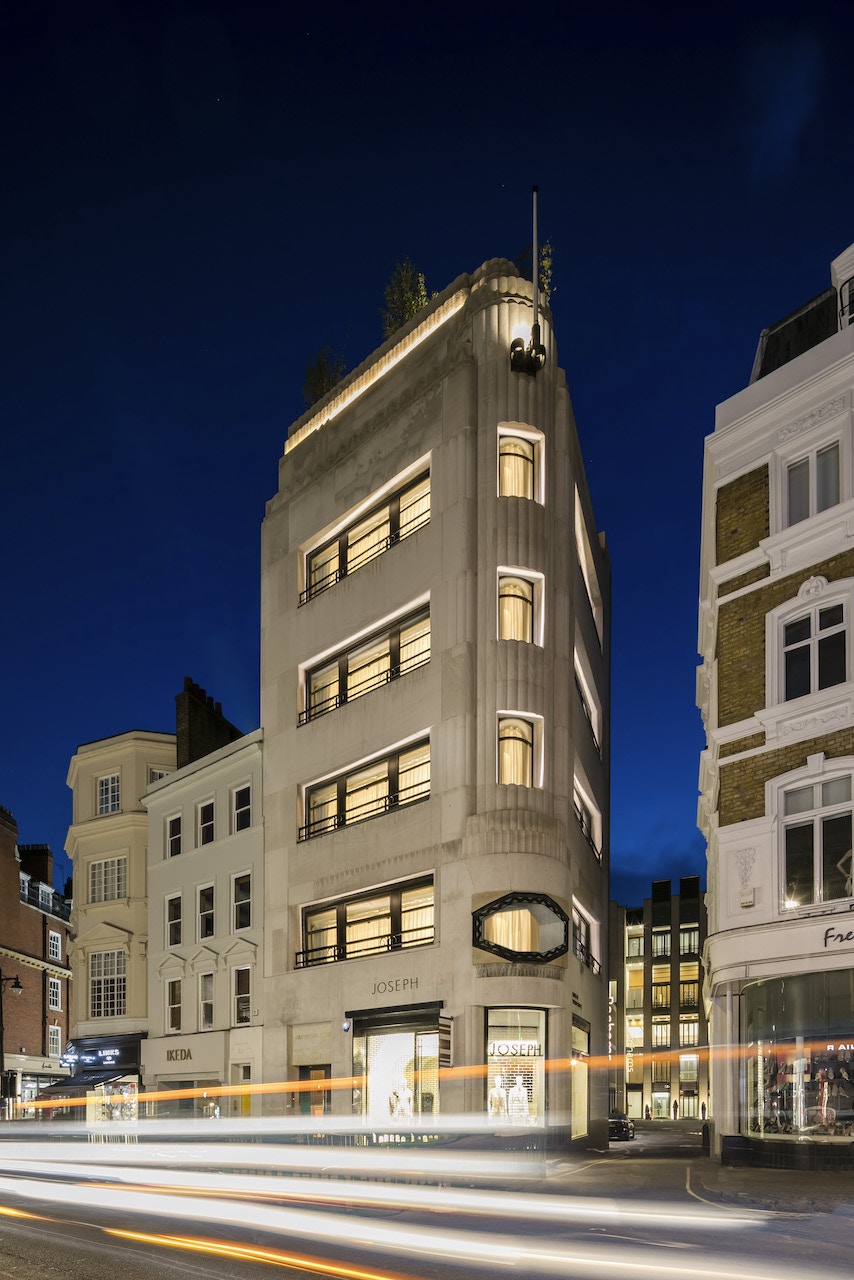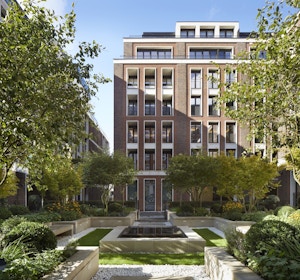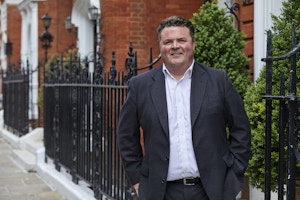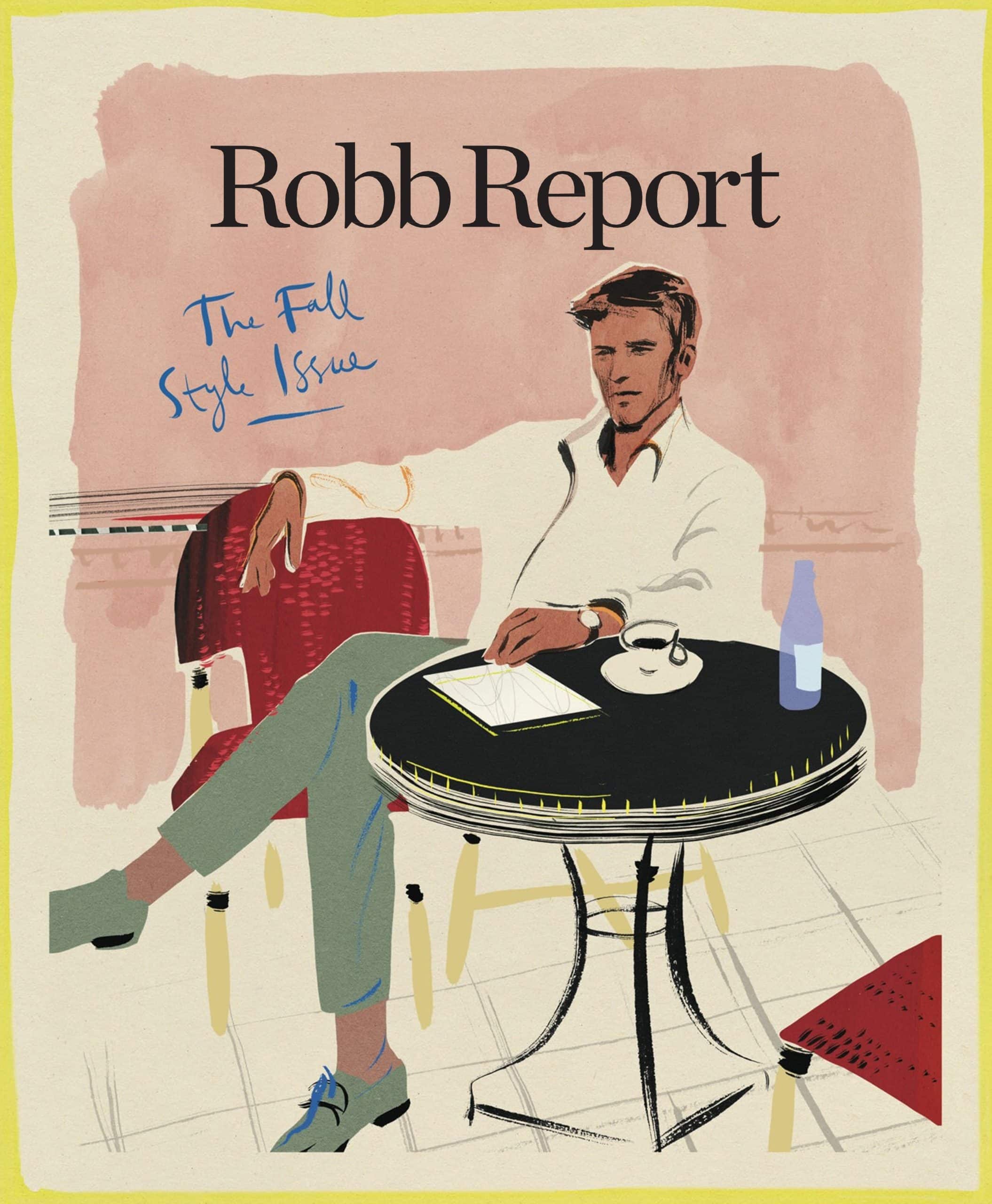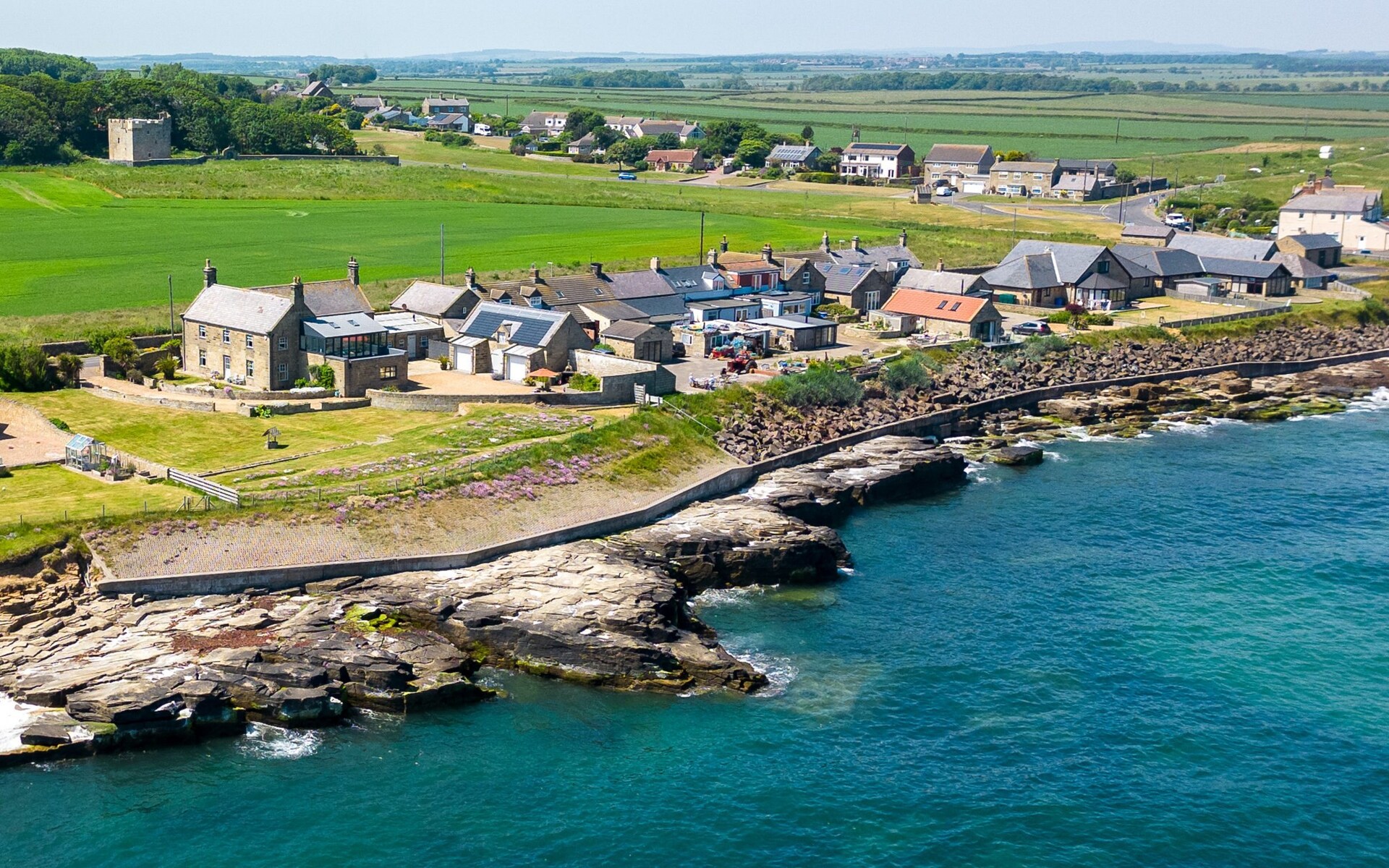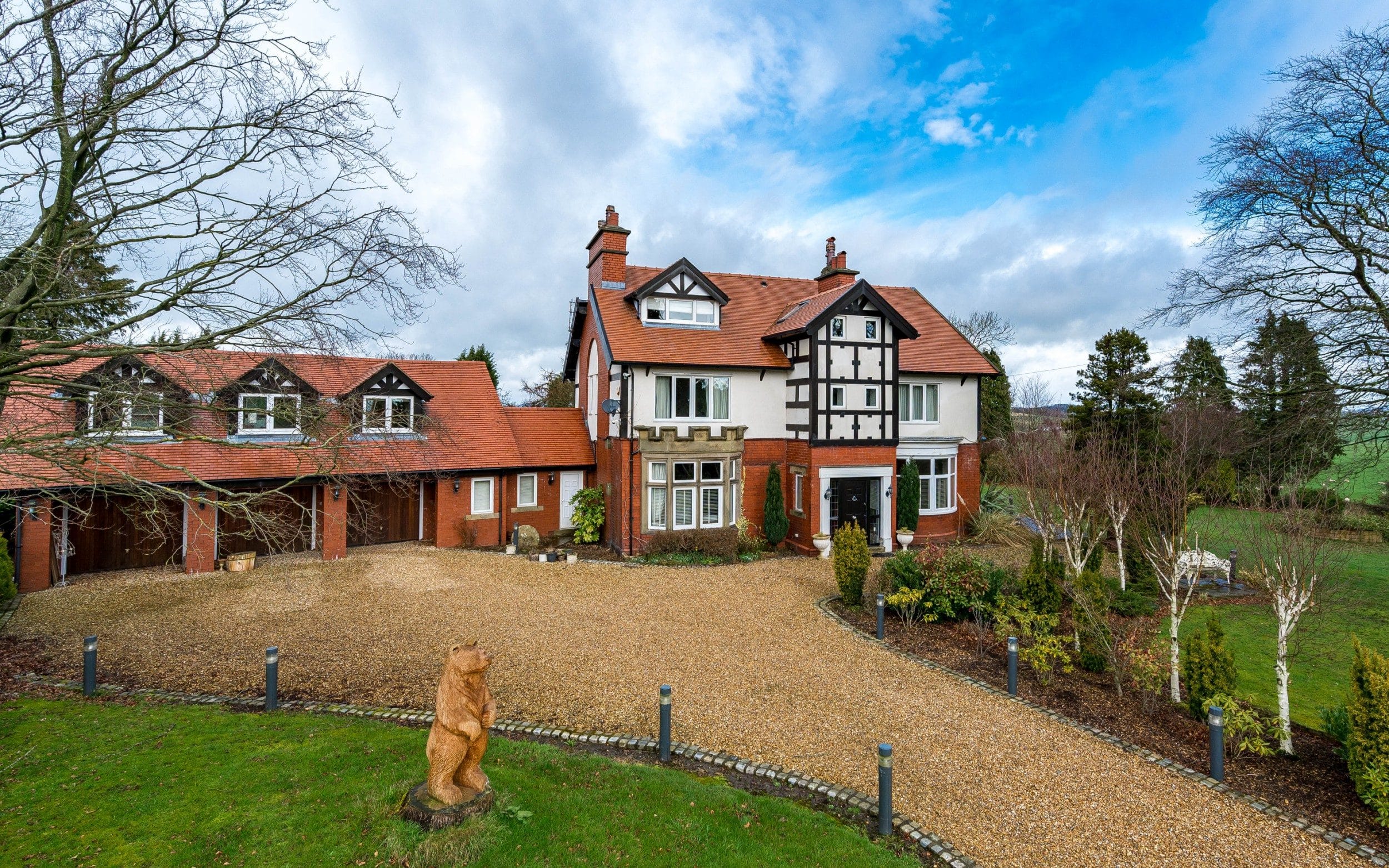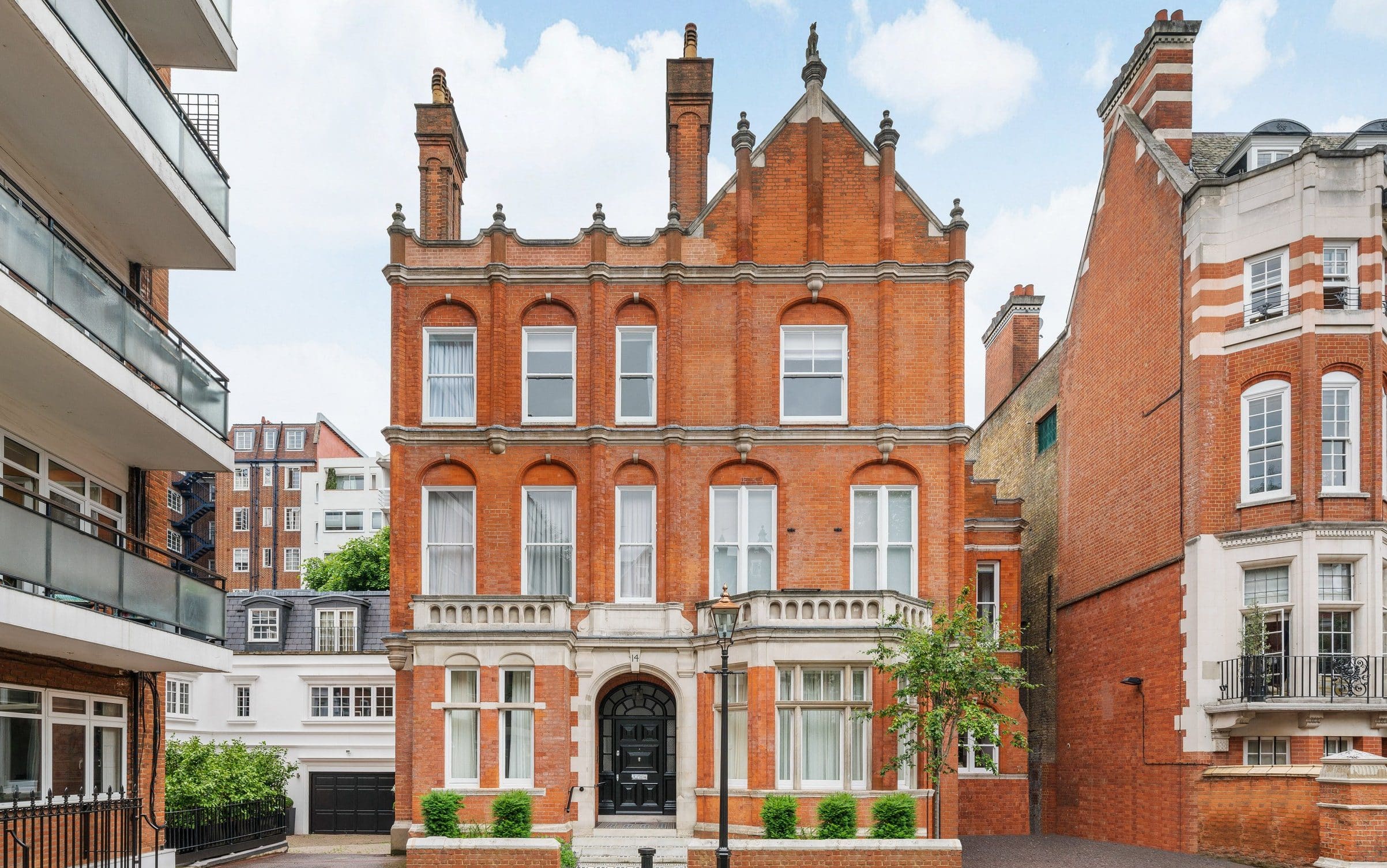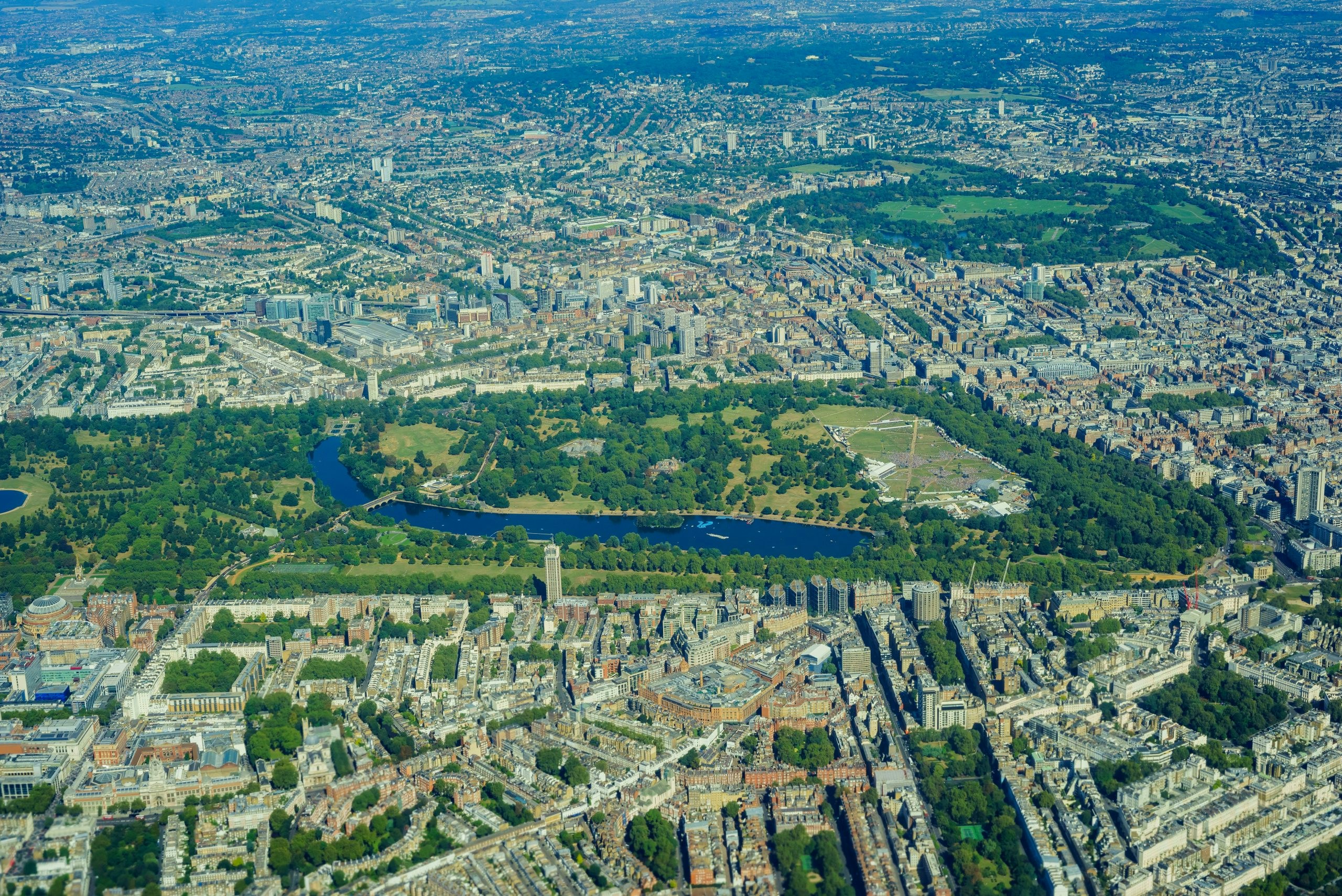The unpalatable truth for many sellers is that the price of their properties is simply too high
By Melissa York
Buyers are sitting on their hands waiting. Waiting to catch that mythical sweet spot between interest rates falling and property prices rising. And as they wait, sellers are left competing for a dwindling pool of potential buyers.
The Bank of England reported this week that in September mortgage approvals for house purchases were down 32.5 per cent compared to the same month last year and down almost 5 per cent on August — traditionally the quietest month.
HM Revenue & Customs reported on Tuesday that sales decreased by 17 per cent this September compared with a year ago. Sarah Coles, the head of personal finance at Hargreaves Lansdown, says: “The worst September in a decade reflects how tough the property market was in the summer, when mortgage rates were surging again. And despite a slight easing since, the gloom that settled over the market doesn’t seem to have shifted significantly.”
“It seems that it may well take more significant mortgage rate falls to clear the dark clouds that have settled over the property market, and at the moment we’re not expecting this until well into 2024,” she adds.
However, Rightmove reports that the average new seller asking price increased by 0.5 per cent (up by £1,950) in October to £368,231.
The stalemate between buyers and sellers means just 60 per cent of properties on the market sell, compared to 80 per cent at the height of the pandemic property boom.
Figures from the estate agency Hamptons show that in October 2021, the average home sat on the market for 28 days before being sold. In 2022, this increased to 45 days and this year, homes are taking 60 days to sell on average.
Sometimes, there is an obvious flaw standing in the way of a sale, such as subsidence or high ground rent, that could affect whether a buyer could get a mortgage.
However, the unpalatable truth for many sellers is that the most common reason a property isn’t selling is the price is too high. “The bottom line is [buyers] are finding a better house for the same money,” Edward Heaton, the founder of the property buying agency Heaton & Partners, says.
It is only natural for a homeowner to lose their objectivity, and Brits have grown to expect a handsome pay-off when they come to sell. Some estate agents take advantage of this and flatter sellers with overinflated prices to win business, then quickly reduce the price. “It is almost an art,” Heaton says. “If a valuation sounds too good to be true, it probably is.”
Half of the homeowners who sold in October accepted less than their original asking price.
In September the share of agreed sales that had been discounted peaked at 54 per cent, although this is falling as mortgage rates begin to dip. The average two-year fixed-rate mortgage rate is now below 6 per cent for the first time since June.
In most negotiations, the seller starts high because they expect to be bartered down. But evidence shows that sellers need to get the price right first time otherwise they end up losing money.
Stuart Ducker, the strategic solutions director at the property data company TwentyCi, says: “It takes longer to sell overvalued properties; however, undervalued properties still sell faster than correctly valued properties, so getting the valuation wrong in either direction has a direct impact on the time to sell.”
He adds: “If buyers see a price as realistic, the whole sales process moves 7.5 per cent faster than it did last year. This is most likely to be because they are still keen and not pulling out because they believe they are paying a fair price.”
Justin Holder, senior head of sales at Hamptons in Chiswick, west London, recently sold a property priced at £1.4 million in two weeks, for £1.436 million. But when he advised another seller to market their home for £1.5 million, they instructed an agent who was willing to list it for £1.6 million. It was reduced multiple times and ultimately failed to sell at all.
Even homeowners that reduce their price are finding they are having to accept an offer on average 1.2 per cent below the final asking price, Hamptons reports.
In one extraordinary example, the owner of 39 Eaton Terrace, a three-bedroom terraced house in Belgravia, central London, put the property on the market for £8.45 million in 2016. It was marketed by four different estate agents over a seven-year period, during which the price was reduced from £7.5 million to £6.55 million.
The estate agency Tedworth Property took the property on in June with an asking price of £6.15 million. It received an offer a month later, and the sale was completed in early September for £5.75 million — 2.7 million less than it was originally marketed.
While getting the asking price right is essential, how do you know which valuation to trust? Most experts suggest asking for three valuations and getting the agent to justify their calculation. It should take into account recent sales of similar properties, the price of properties currently on sale and current market conditions.
Holder says: “Sellers should be careful not to only be steered by the price of properties currently on the market at the expense of past sales data as they may be simply following other misguided advice.”
In 2013, London homes were selling a month faster than ones outside the capital, but now they are taking two weeks longer to sell. David Fell, a senior analyst at Hamptons, suspects this reflects the house price cycle as London properties have been taking longer to sell for the past eight years.
Buyers fled to the countryside during Covid too, and London has never quite recovered from it. Fell says: “There tends to be a bit more older stock hanging around [in London]. If and when these homes find a buyer, it pushes up the average time to sell.”
However, London’s prices are holding up better than in other parts of the country, even though they are still selling at a discount.
Research from the estate agency comparison website getagent.co.uk found that properties are selling for an average of 5.9 per cent (£37,000) below asking price in London, compared to Wales, where properties are selling for 23 per cent (£61,000) below.
If you do decide to reduce the price, “Ten per cent is really the minimum to trigger the portals to refresh the listing, pushing it in front of new eyes and at the top of the feed”, according to James Gow, the head of London sales at the estate agency Strutt & Parker.
The average price reduction on a property sold in England and Wales is 14.5 per cent (£53,000), according to getagent.co.uk.
To hide the number of reductions taking place, some agents indulge in “portal juggling”, where they delist a property, then relist it so it looks new to the market. Rightmove suppressed this practice by increasing the length of time a property has to be delisted before it can be relisted again from two weeks to fourteen weeks.
Sellers worried about how price reductions will look to potential buyers can always opt to sell “off-market”. This tends to be for higher-priced properties or those of a particularly sought-after style.
Estate agencies will carry out discreet valuations and attempt to match your property with a potential buyer from their in-house database, or by working with buying agents, to sell it without it ever being listed on the property portals or shown in estate agency windows.
Last year, half of the properties that the buying agent Camilla Dell found for clients were not publicly advertised and that has grown to 55 per cent this year as the market has become more price sensitive.
Dell says: “Sellers can test the market. The more expensive the property, the higher the likelihood it won’t be openly available for sale. According to industry database Lonres, there are currently four properties for sale in London above £50 million and three of them are off-market.”
Alternative strategies
Home staging
More sellers are employing property styling services, also known as home staging, to help speed up the sales process. These experts will declutter and “de-personalise” your home and rearrange the furniture before a sale.
Lemon & Lime Interiors, for example, charges up to 0.5 per cent of the property’s asking price to declutter and take professional photos and up to 1.5 per cent for the loan of furnishings.
It claims that the homes it stages sell four times faster and for 8 per cent more than comparable unstaged properties.
Lemon & Lime recently decluttered a home in Derbyshire that had sat on the market with no interest from buyers for three months. Less than two weeks later, it sold for more than £35,000 over the asking price.
Elaine Penhaul, founder and director at Lemon & Lime, says changing the presentation of a home is “more palatable” to many sellers than reducing the price. “Often people won’t express interest because they can’t visualise themselves living in the home, regardless of how cheap it seems to be,” she adds.
Renting
If selling is still a struggle, then there is unprecedented demand in the rental market — that is if you can afford to move on without selling and are willing to put off a sale for at least a year
Higher mortgage costs have held homeownership out of reach for many at the time that overseas students and young professionals have returned to the cities. At the same time some landlords have sold up due to falling profitability in the face of high interest rates, reduced mortgage interest relief, selective licensing schemes and expensive management agency fees.
The result is an average of 17 prospective tenants for each property available to let in England, according to the industry body Arla Propertymark. This has pushed asking rents up and on Zoopla they are are now 10.3 per cent higher than this time last year.
Take it off the market
The last resort is to take the property off the market and try again in sunnier climes. The average number of properties for sale per estate agency branch fell from 49 in August to 39 last month and the average number of new valuations conducted dropped from 25 to 20, according to Arla Propertymark.
Timing the market is a risky business, though. Today, the average house price is £291,000, and it’s not likely to reach the £300,000 milestone until the end of August 2025, according to analysis of historic market trends from the lender easyMoney.
Sellers who need to move would do well to remember how much their house was when they bought it. EasyMoney’s Jason Ferrando says: “We would encourage them to shake off any concerns about the immediate economic landscape and instead look at the long-term performance and consistency of the market’s performance over the last 50 years.”
